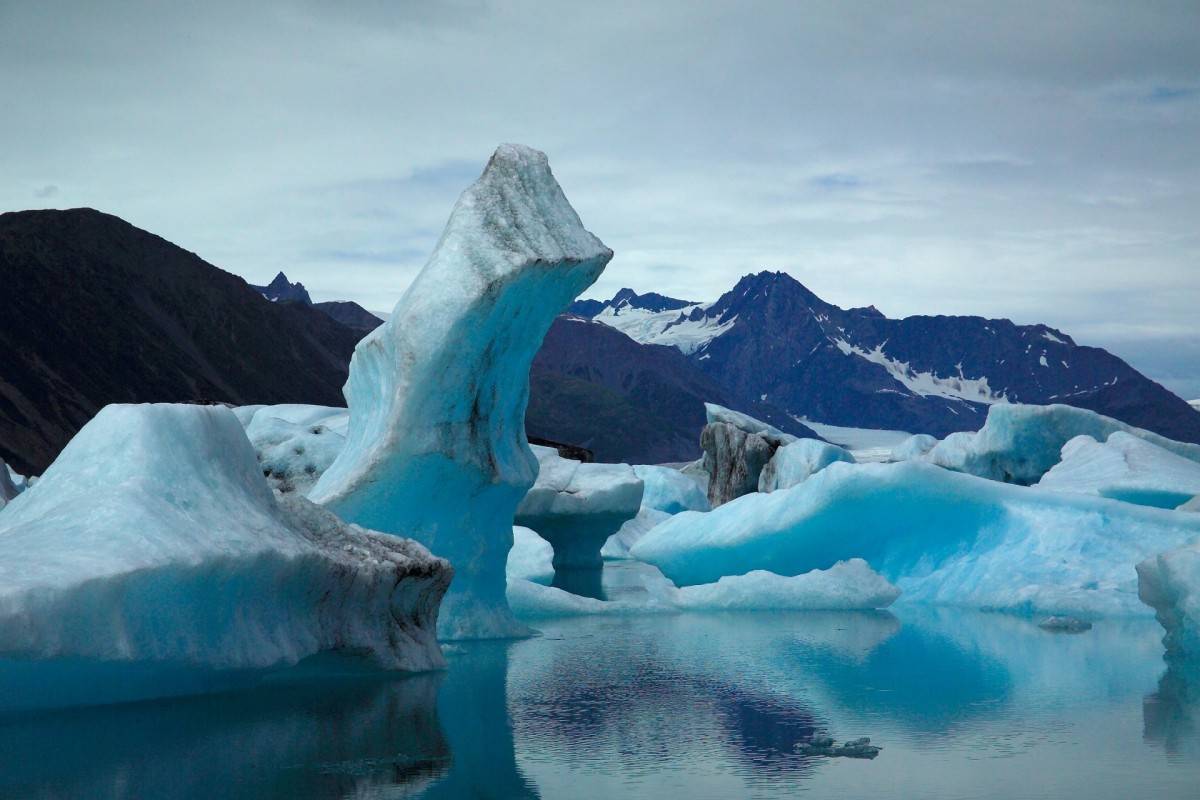Over the past few years, Alaska has seen all-time high temperature records broken. In the largest state in the country, the temperature hit ninety degrees for the first time in 2019.
According to the National Oceanic and Atmospheric Administration or NOAA, temperatures across the state were 20 to 30 degrees above the average in some areas, beginning on the Fourth of July in 2019 and lasting for days. The highest recorded temperatures were recorded that summer in Kenai, Palmer, King Salmon, and at the Anchorage International Airport.
Normally, El Niño is partly to blame for rising Alaskan temperatures in the summer, but not in 2019 since El Niño was pretty non-existent.
The government blamed human-caused climate change. according to the Fourth National Climate Assessment, Alaska has been heating up twice as fast as the global average since the 1950s. Beginning in the 1990s, we’ve seen record-high temperatures three times more often than we’ve seen record lows. Record-breaking highs are starting to become a habit for us.
The Alaska Interagency Coordinate Center released data showing that Alaskan wildfires scorched 1.6 million acres in the state during 2019, with a staggering 1 million burned up in July alone. The fires triggered the first ever dense smoke advisory for Anchorage and some of the worst air quality on the planet in the cities of Anchorage and Fairbanks.
The University of Alaska has a leading system using climate change research to track the situation by studying melting permafrost to shrinking glaciers. Amazingly, this renowned program saw massive spending cuts by the state government when Alaska was in its worst climate crisis in history. Former University President Jim Johnsen addressed ways the school would deal with these cuts and the possible loss of funding for research. He also said that The University of Alaska Fairbanks was known as a global leader in Arctic research, and climate change in the Arctic is an issue of national security.
Describing the severity of this situation, the International Arctic Research Center showed that global warming has been thawing tundra and drying large sections of boreal forests near the top of the state. Climate change has also created more thunderstorms with lightning that started many of the fires burning in 2019 around the state. Two Alaska men fell through the rapidly thinning ice covering the Kuskokwim River in April of 2019.
How many entire communities need to be displaced and abandon their villages due to climate change, like what happened to King Island Alaska? America’s growing climate change migration will start affecting more and more US cities and states as people fleeing their homes search for liveable land and jobs to support their families.
According to the Arctic Institute, families displaced by Hurricane Katrina in 2005 moved to nearby cities like Baton Rouge, Atlanta, and Houston. After Hurricane Maria hit in September 2017, more than 135,000 Puerto Ricans moved to the US. Most fled to Florida and New York, two states that have their own major climate concerns they’ve consistently had to face. The migration from Katrina and Maria were only the beginning. By the year 2100, 13 million Americans will be at risk of displacement from sea level rise alone.
We can’t sit back and watch the fires from a distance hoping they don’t get any closer.



No comments yet
Be the first to share your thoughts!